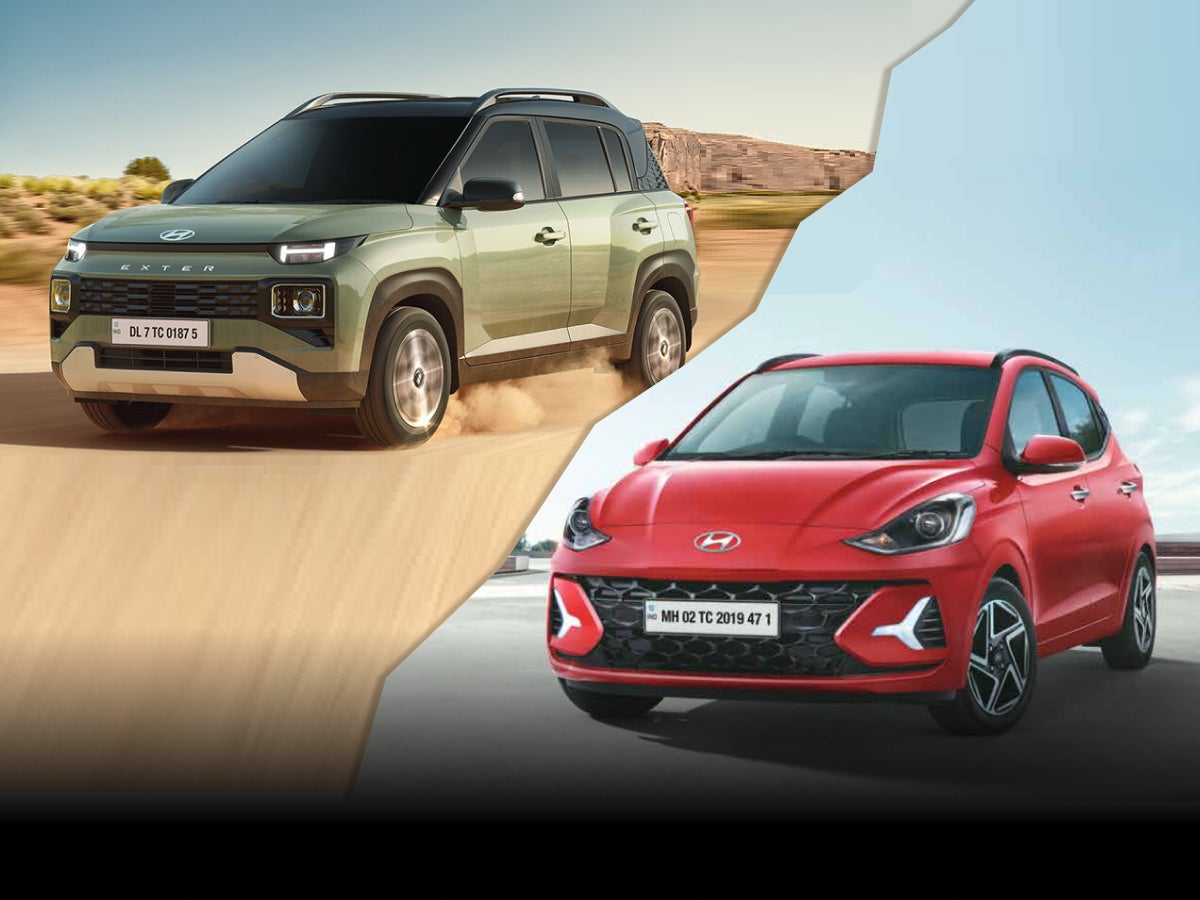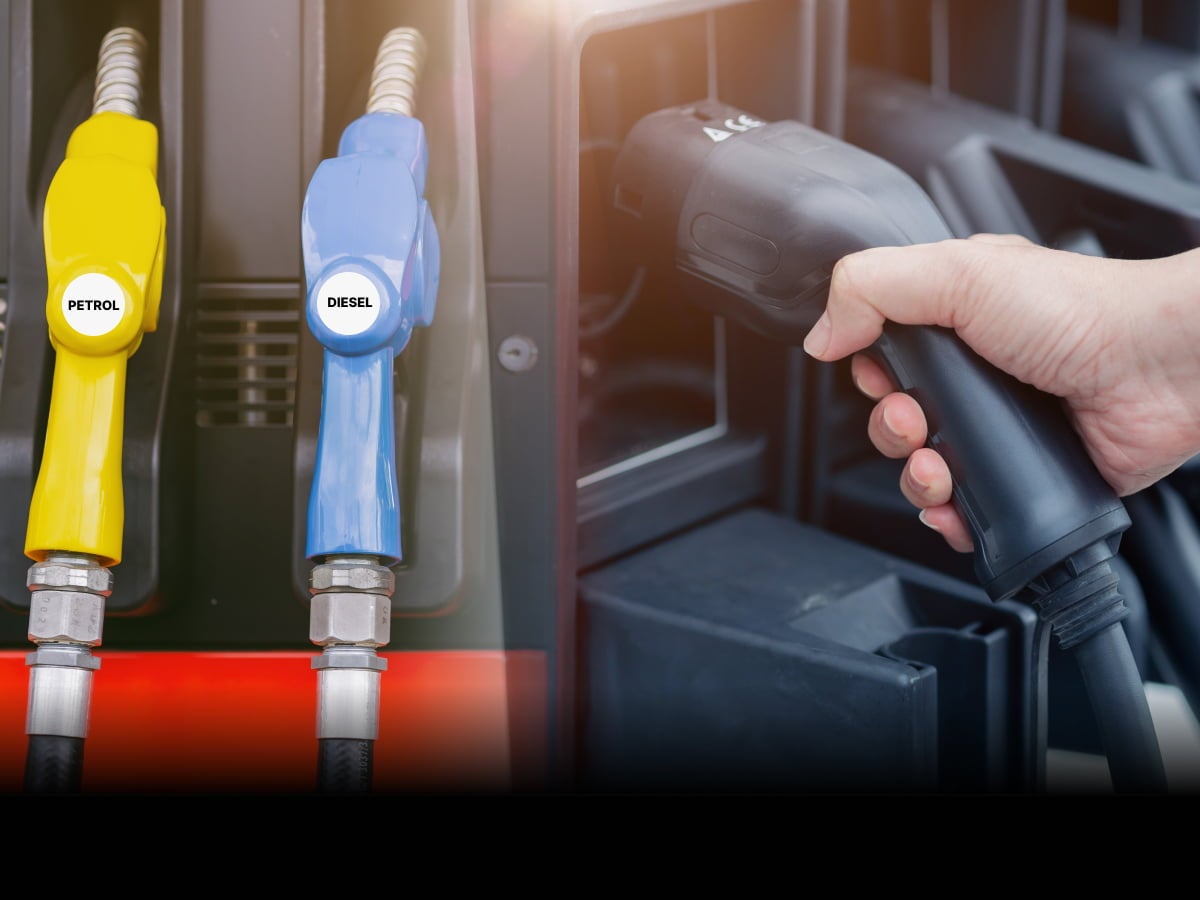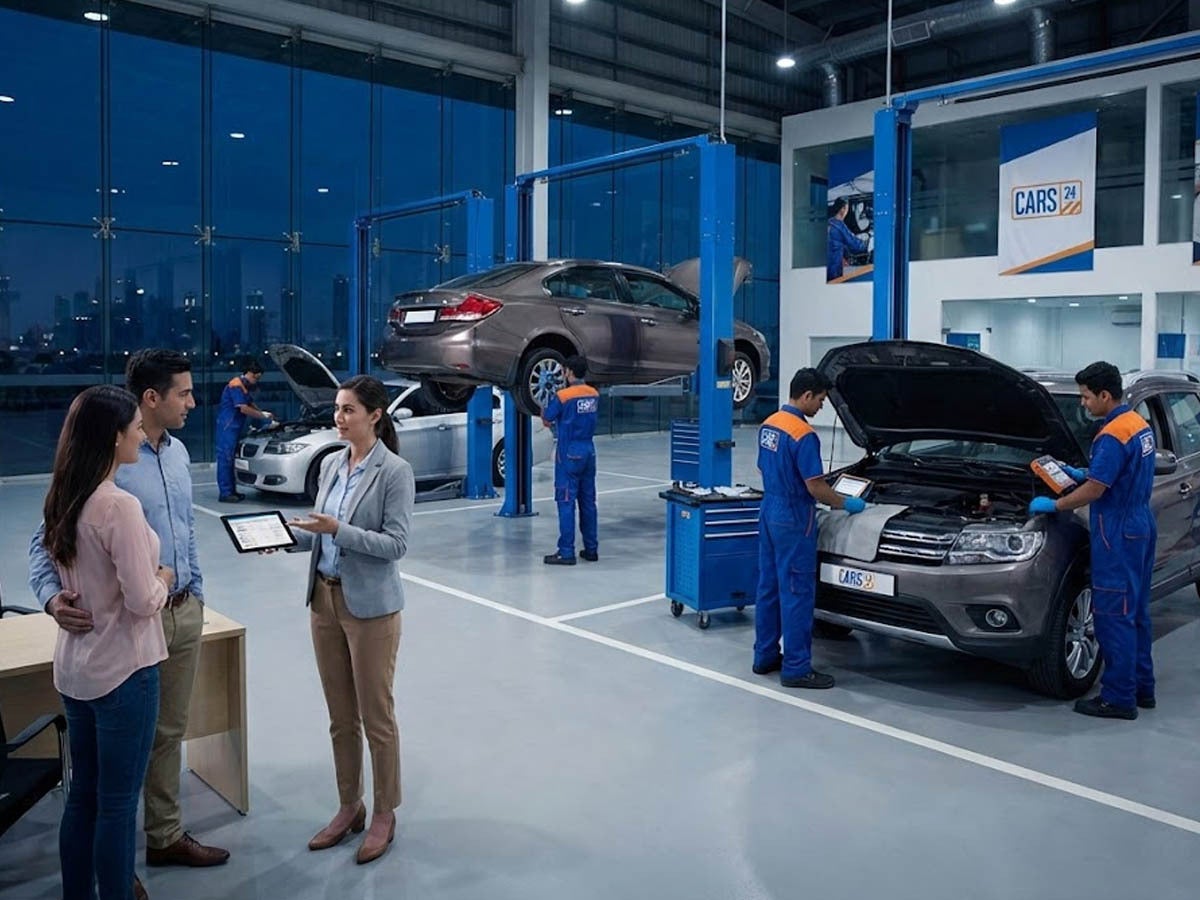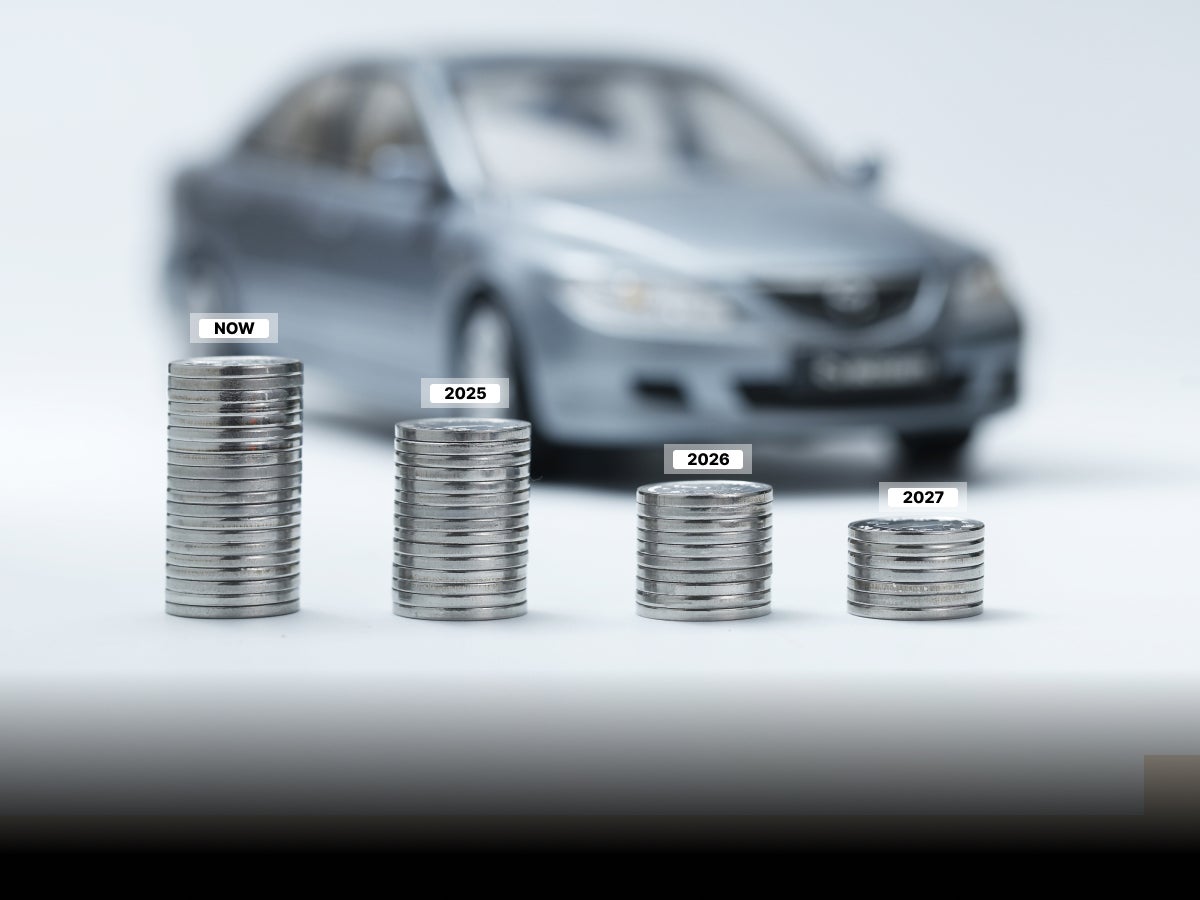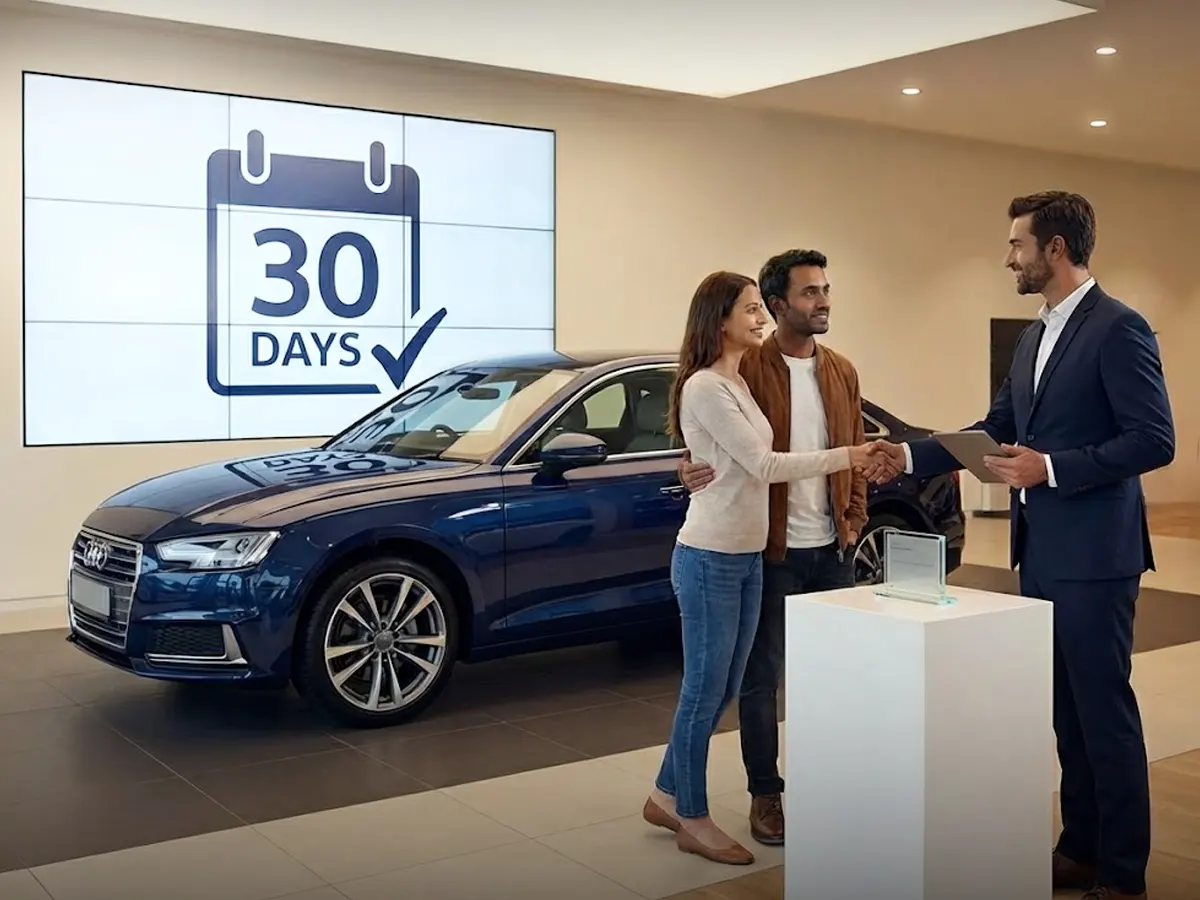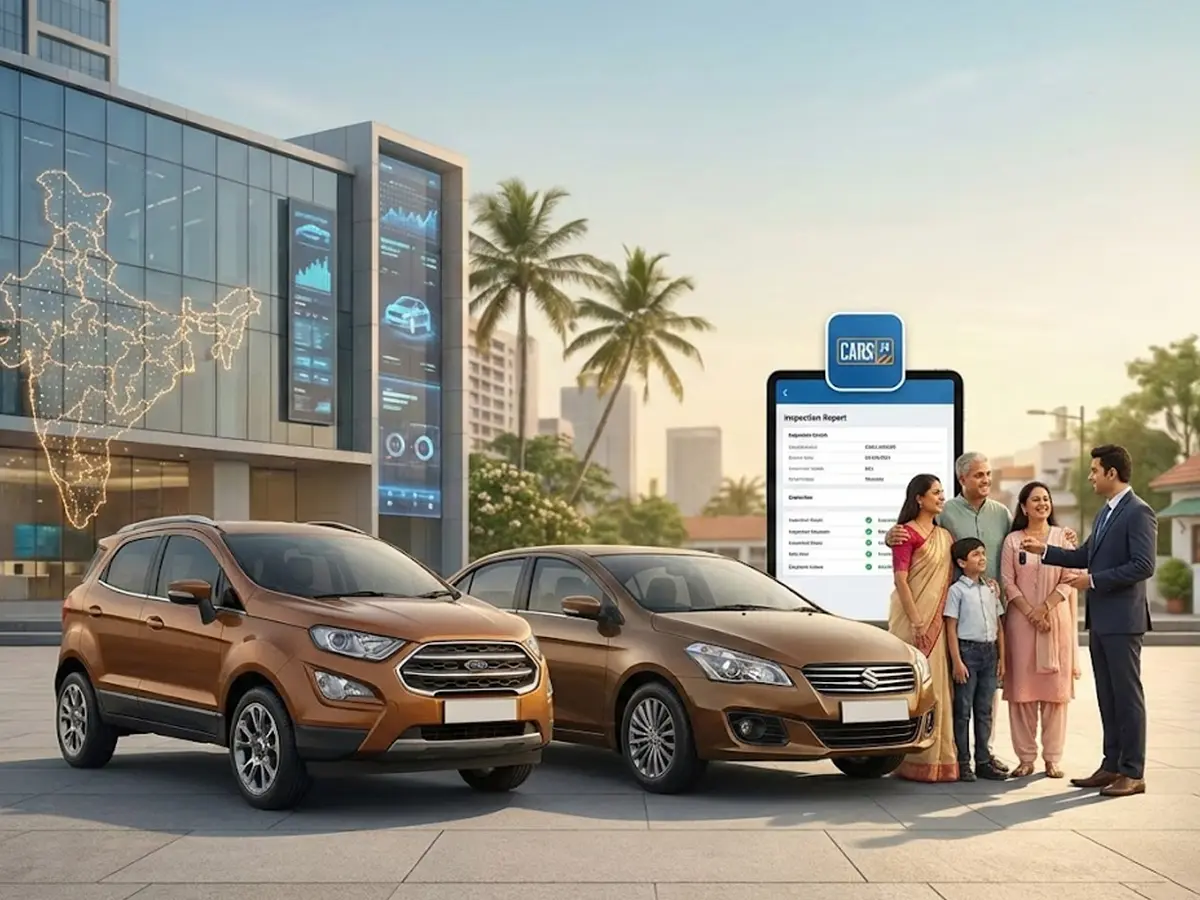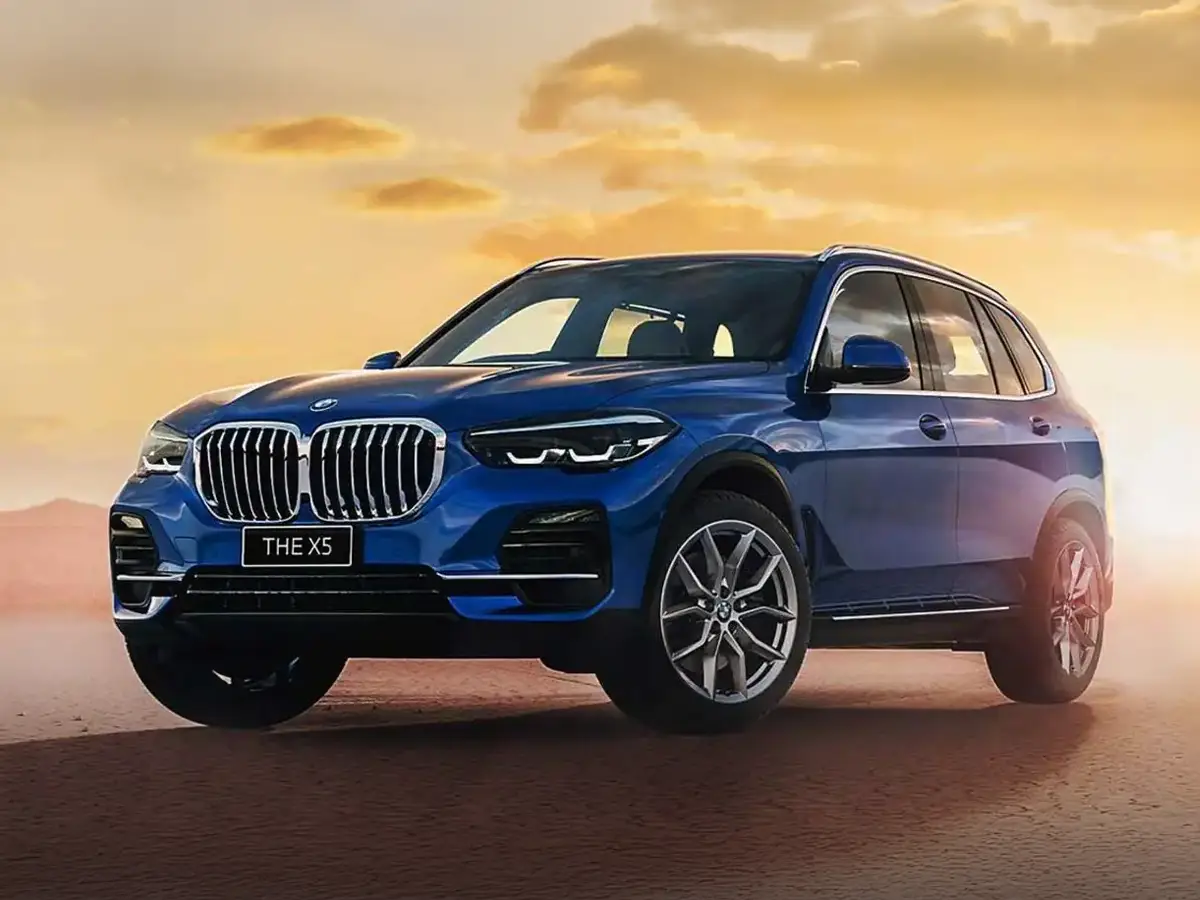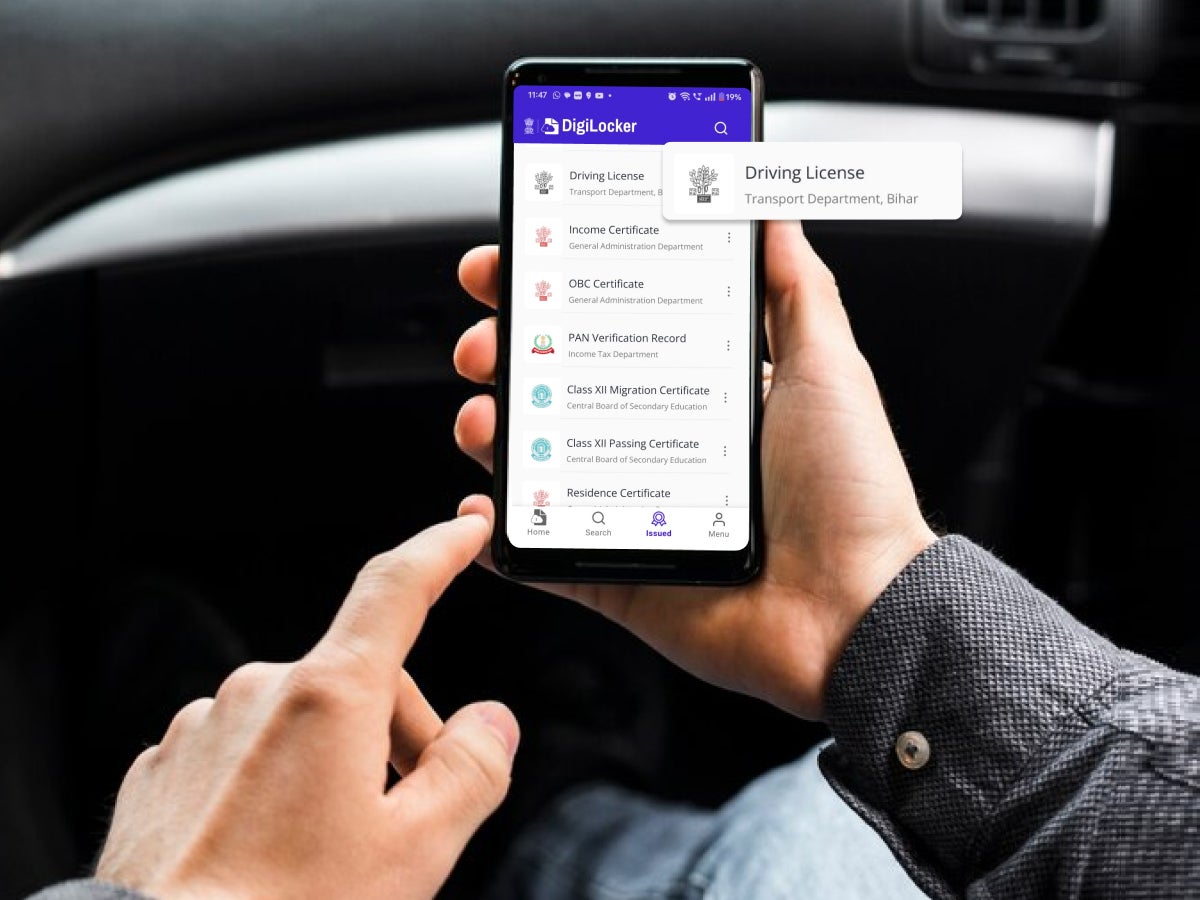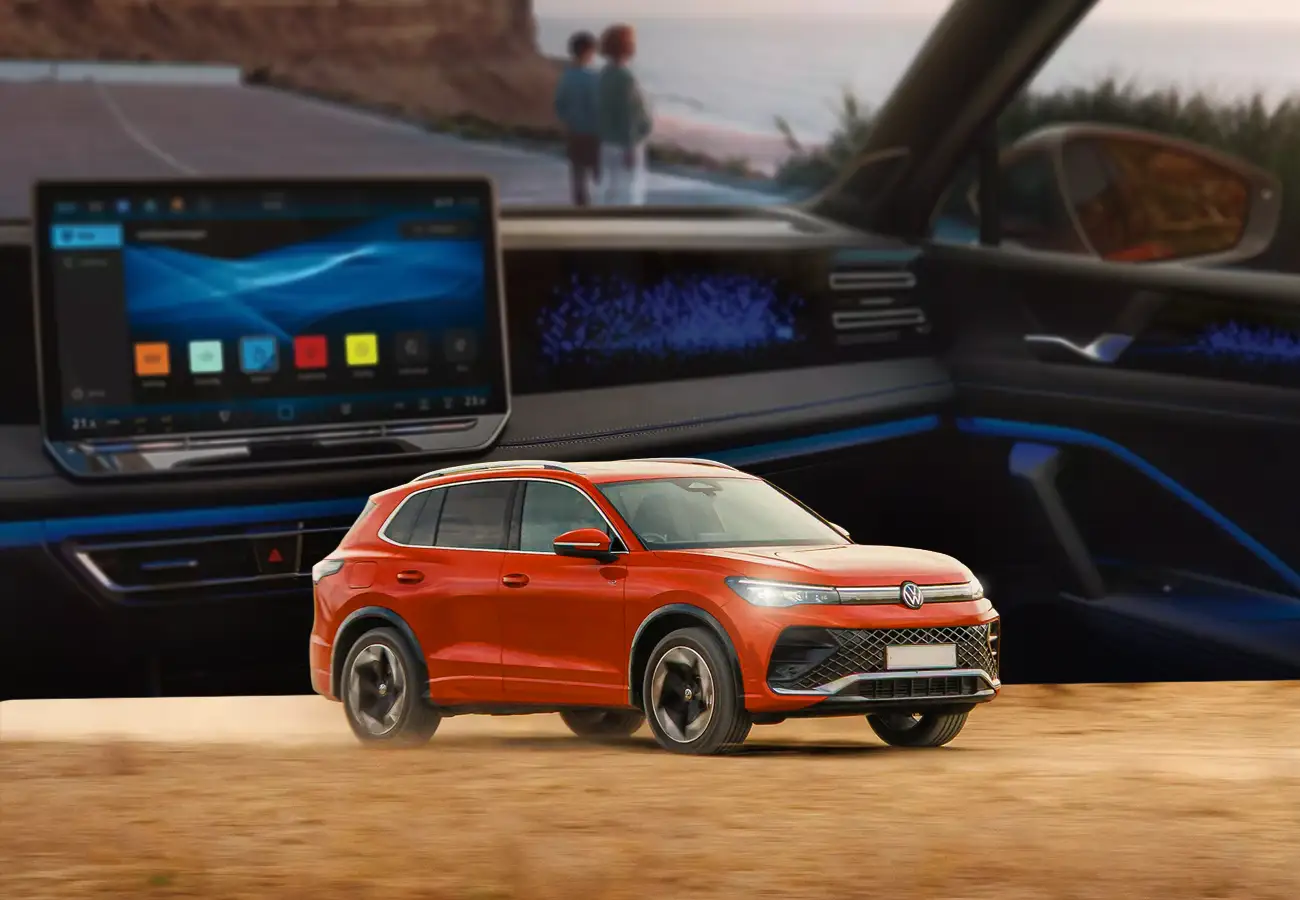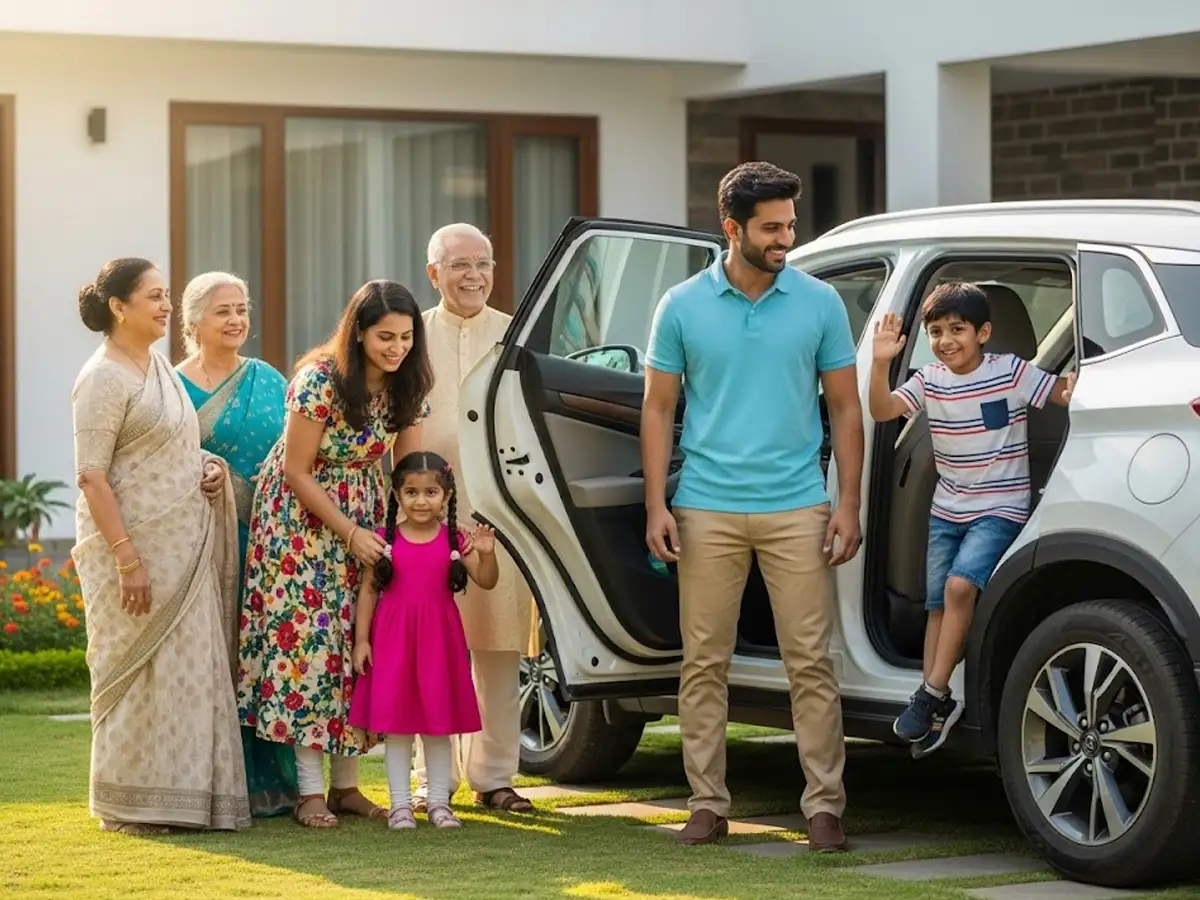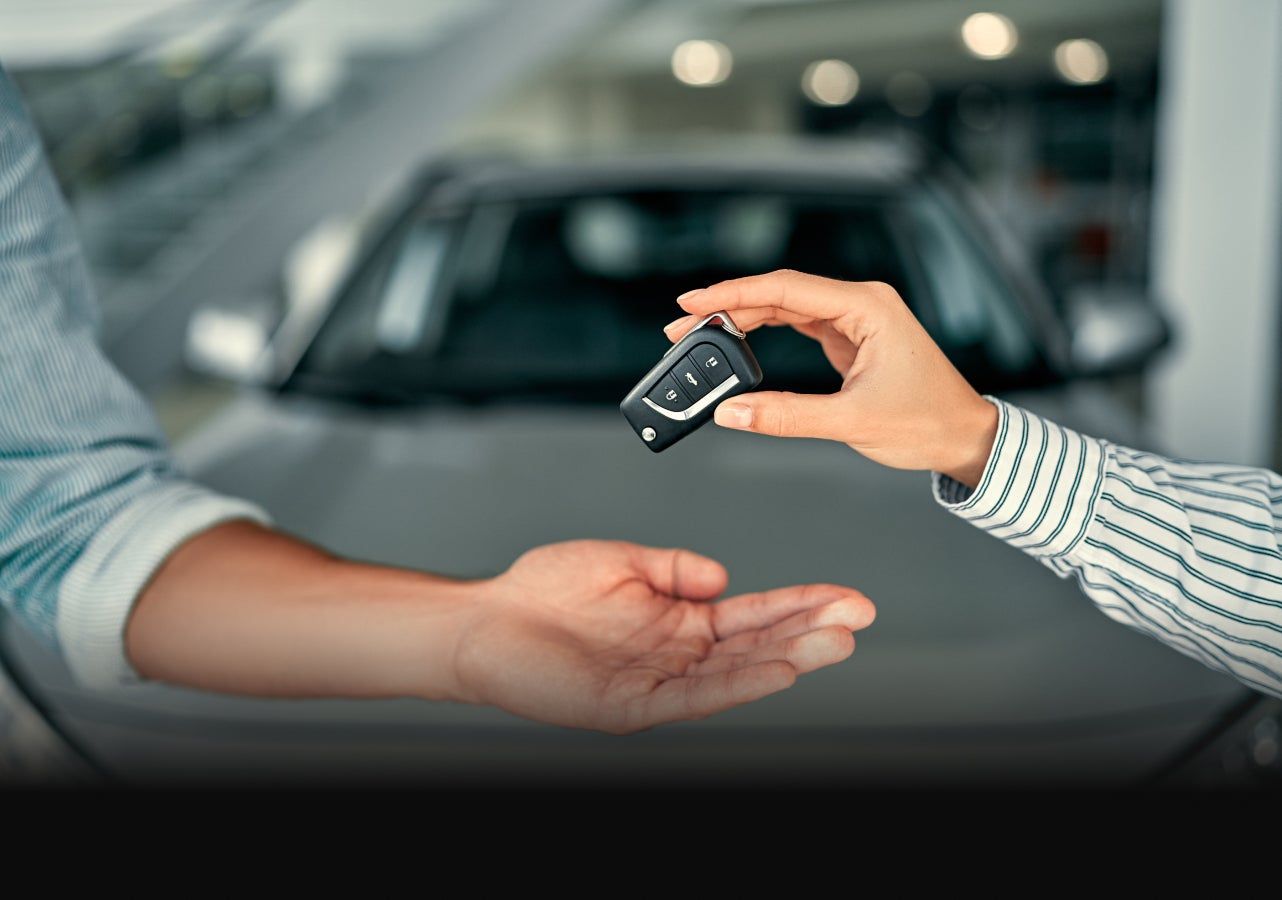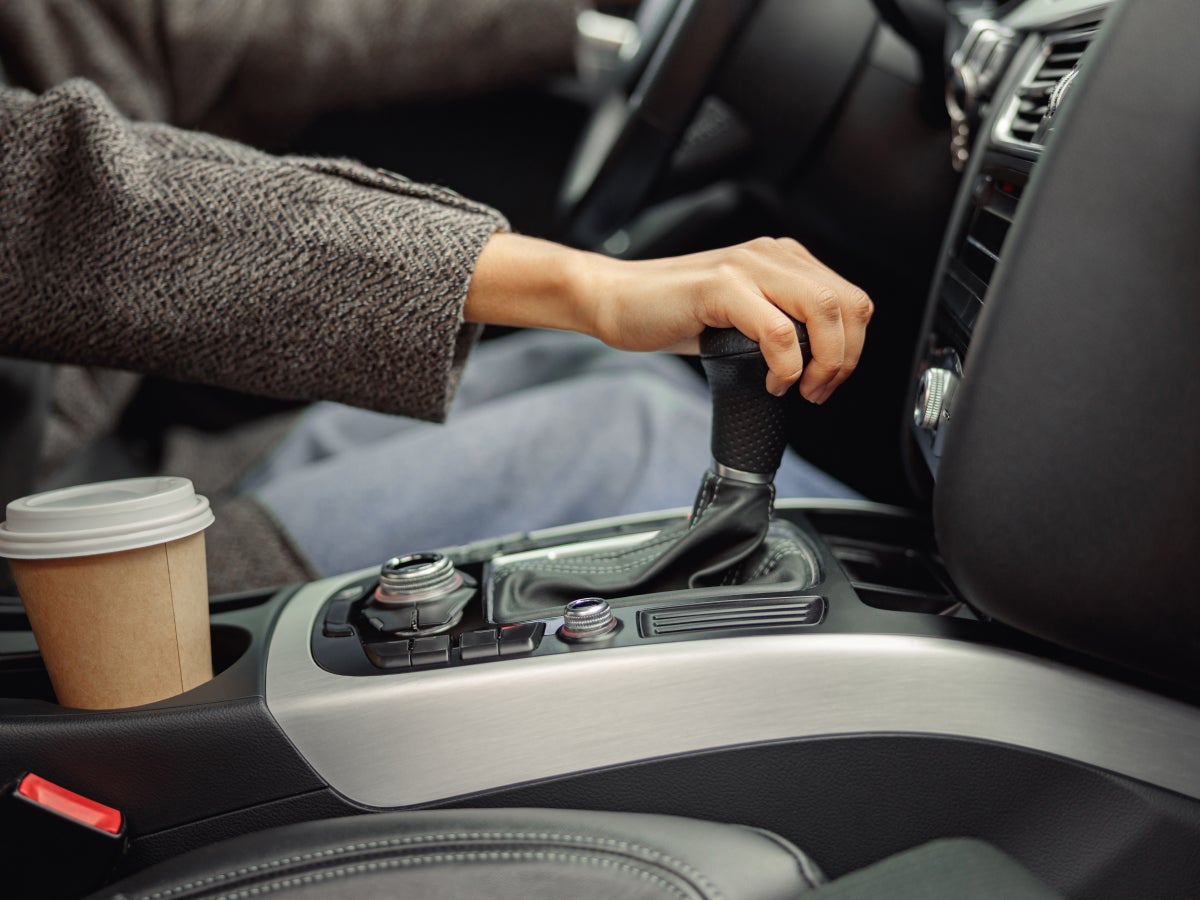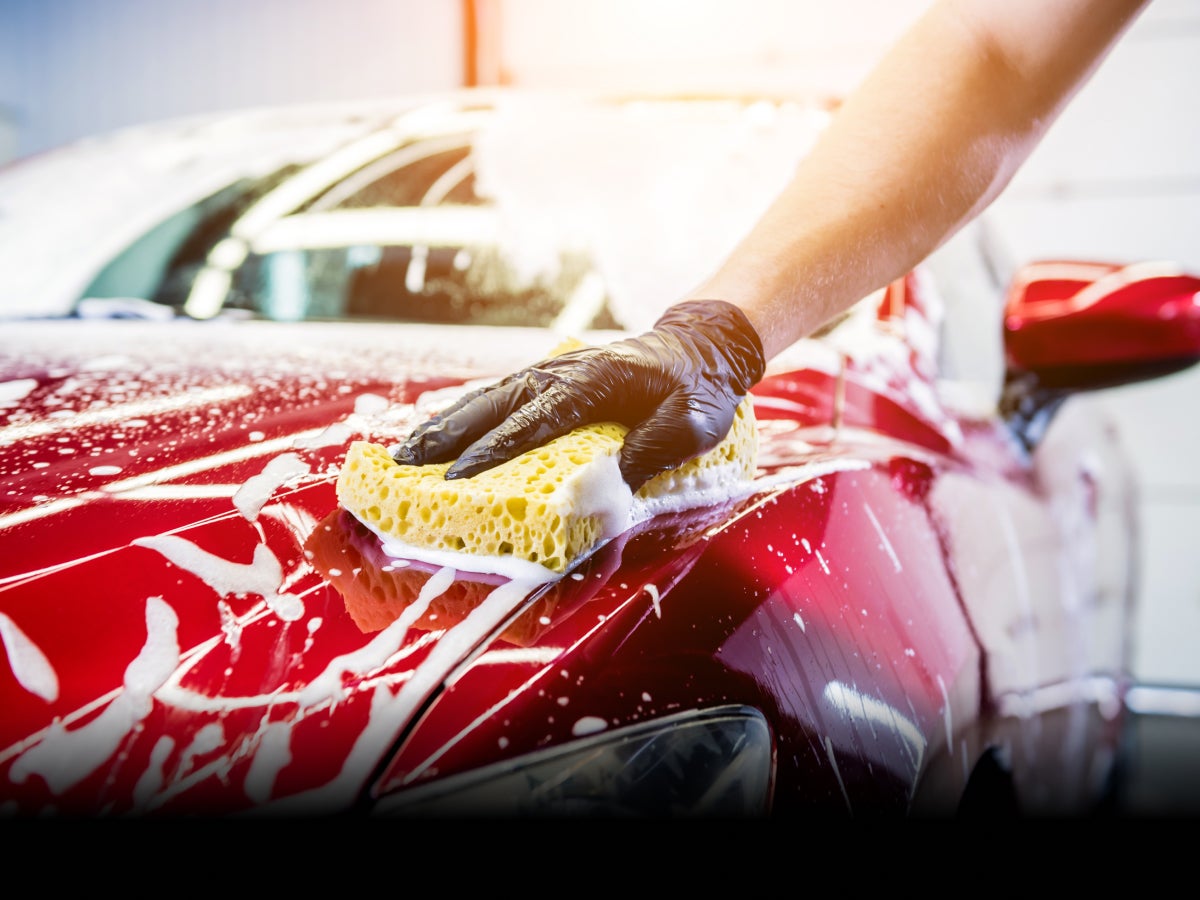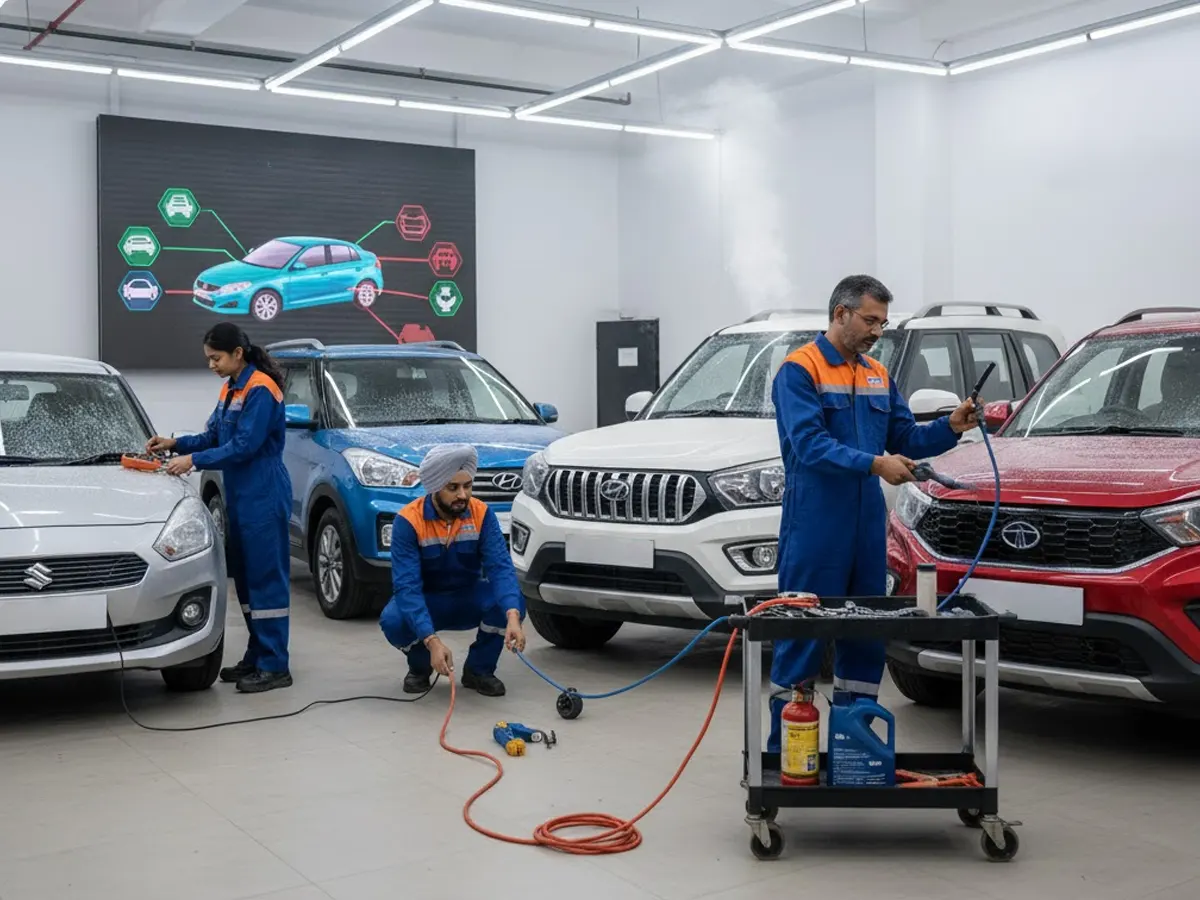

The Ultimate Used Car PDI Checklist for the Winter Season
- 1Used car PDI ensures performance, safety, and winter-readiness
- 2Check the battery, tyres, fluids, exterior, and interior before buying a used car
- 3Get expert help in keeping the car winter-ready.
Though snowfall is not common during winter in India, the low temperature can still affect car performance. Foggy mornings, cold starts, moisture buildup, and low visibility make it challenging to drive, especially with older or poorly maintained pre-owned vehicles.
When buying a used car, ensure that it’s winter-ready; it should start reliably in the cold, run smoothly, and provide clear visibility and safe braking in harsh conditions. A used car inspection is essential to detect weak batteries, degraded fluids, worn-out tyres, or a faulty heating system before they cause trouble.
Learn more about the winter car inspection checklist that covers all critical areas to be examined.
Winter Car Inspection Checklist: Focus Areas for Used Cars
Older vehicles are more vulnerable to cold weather because low temperatures affect electrical load, tyre pressure, and fluid thickness. The following key systems require dedicated checks as part of a winter used car inspection.
Battery and Electrical System
The battery is the heart of the car’s electrical system. Low temperatures in winter weaken the battery’s chemical reactions. As a result, the cranking power may drop. A battery that works well at 25°C might struggle when the temperature drops below 10°C. This makes battery health one of the top priorities in any winter used car PDI checklist.
Check:
- Voltage: A healthy 12V battery should read 12.6 V or above when the engine is off.
- Cranking amps: Cold cranking amps (CCA) indicate how well a battery can start in low temperatures. A higher CCA rating means better power for the engine during winter.
- Terminals: Corroded or loose terminals can cut power supply to starter motors and electrical systems.
- Alternator & starter motor: Dim headlights while idling can indicate poor charging or a failing alternator.
Pro tip:
Ask the technician to perform a battery load test. It stimulates a cold-weather start and reveals the real strength of the battery. It’s best to replace any battery older than 3 years, even if it seems fine.
Tyres, Wheels, and Brake System
Tyres and brakes take the hardest hit in winter. Air pressure goes down by roughly 1 PSI for every 12°C drop in temperature. This can reduce the grip and increase fuel usage.
Check:
- Tyre pressure: Check pressure early in the morning when the tyres are cold. Underinflated tyres wear unevenly and reduce braking efficiency.
- Tread depth: In India, the legal requirement of tread depth is at least 1.6mm, as per the common safety standard. Anything below 2.3 mm isn’t safe on the roads. Use the good old 1 rupee coin test. If you can see the upper line of the Ashoka pillar in the coin, the tread is worn out.
- Rubber flexibility: In areas like Shimla, Srinagar, Manali, etc, where the temperature drops significantly during winter, tyre rubber hardens and loses traction. Look for visible cracks and stiffness.
- Brake pads and rotors: Worn pads glaze in cold weather and make a squealing sound. Rusted rotors often vibrate when braking.
- Brake fluid: Absorbs moisture over time, which raises its freezing point and increases the risk of freezing in extreme cold. Test the wet boiling point of brake fluid. If it’s below 180°C, it’s time for a flush and refill.
Engine, Fluids, and Heating/Cooling System
Engines need fluids in the right condition to operate efficiently in cold temperatures. Used cars often have fluids that haven't been replaced in years, which reduces their effectiveness. Thicker engine oil (oil viscosity increases in cold weather) makes it harder to circulate on a cold start and increases crank effort Also, check coolant strength and condition for freeze protection and corrosion control.
Check:
- Engine oil: Use oil with the right winter rating. For Indian cars, 5W-30 or 10W-40 usually works well. Oils with a lower “W” number mean they flow better in cold conditions.
- Coolant and antifreeze: Ensure the coolant has adequate antifreeze protection, typically a 30:70 to 50:50 antifreeze-to-water mix, depending on the region. Also, if it’s bright green or pink in colour, it’s fine. But if it’s cloudy, it means it may be contaminated.
- Heater and defroster: Get the heater core checked for clogging or rust to ensure proper cabin heating and windshield defogging.
- Belts and hoses: Squeeze the radiator hoses, and they should feel firm, not brittle.
Pro tip:
Start the car on a cold morning and let it sit idle for a few minutes. Check the RPM and see if it stabilises between 800-900 RPM. If there is rough idle or sputtering, the air-fuel mixture or spark plugs need attention.
Exterior, Lights, and Visibility Equipment
Dense winter fog in many Indian regions can reduce visibility drastically, making lighting and visibility equipment checks essential.
Check:
- Headlights and fog lamps: Check whether the headlights are aligned properly and the lens covers are clean. Fog lamps can be used when visibility goes below 100 metres. Using them unnecessarily can cause glare.
- Rear defogger: Verify that the defogger is working to ensure rear visibility during fog.
- Wiper blades: See if the wiper blades squeak or leave streaks, as rubber can stiffen in cold air.
- Side mirrors and windows: Ensure that defoggers or heaters work.
- Underbody and rust check: Spray anti-rust coating if necessary to avoid corrosion.
Interior and Comfort Systems
While mechanical reliability is non-negotiable, the winter car inspection checklist should also include checks for cabin comfort and functionality. Weak seals and moisture buildup can fog up windows and create a damp environment.
Check:
- heater and blower motor: Switch on for a few minutes and check if warm air is flowing evenly.
- Defogger vents: Verify that air flows across the windshield and not around it.
- Cabin filters: It’s recommended to change cabin filters every 10,000-15,000 km so that the cabin doesn’t smell musty due to clogged filters.
- Seat fabric and carpets: Check for moisture buildup from leaks; damp cabins promote mould and foul smells.
- Electrical accessories: Inspect reverse camera, parking sensors, and infotainment for full winter functionality.
Emergency Readiness and Documentation
Even if the used car is well-maintained, an unexpected breakdown can happen during cold or foggy weather. Be prepared to stay safe even when the car breaks down:
- Spare tyre: Ensure there is a spare tyre that’s inflated and typically less than 5 years old.
- Jack and toolkit: Test them before the start of winter.
- First aid kit, torch, and jumper cables: Keep them easily accessible.
- Fire extinguisher: Keep one for older cars.
- Insurance and PUC certificate: Always have active and currently valid certificates, especially when driving interstate.
- Roadside assistance contact: Save helpline numbers in your phone and also have them stored in the glovebox.
Conclusion
Buying a used car before winter is a smart decision to save money and drive safely. A used car pre-delivery inspection helps ensure that the key systems are in perfect shape for the season.
Create a winter car inspection checklist and check the health of everything from batteries and tyres to heaters and lights to ensure safety and reliability. Right inspection and timely maintenance enable the used car to handle foggy mornings, cold starts, and long commutes on slippery roads with ease.
With an expert used car PDI, drive confidently, knowing that the car is ready for every condition. Get in touch with experts at CARS24.
Frequently Asked Questions
Expand all

